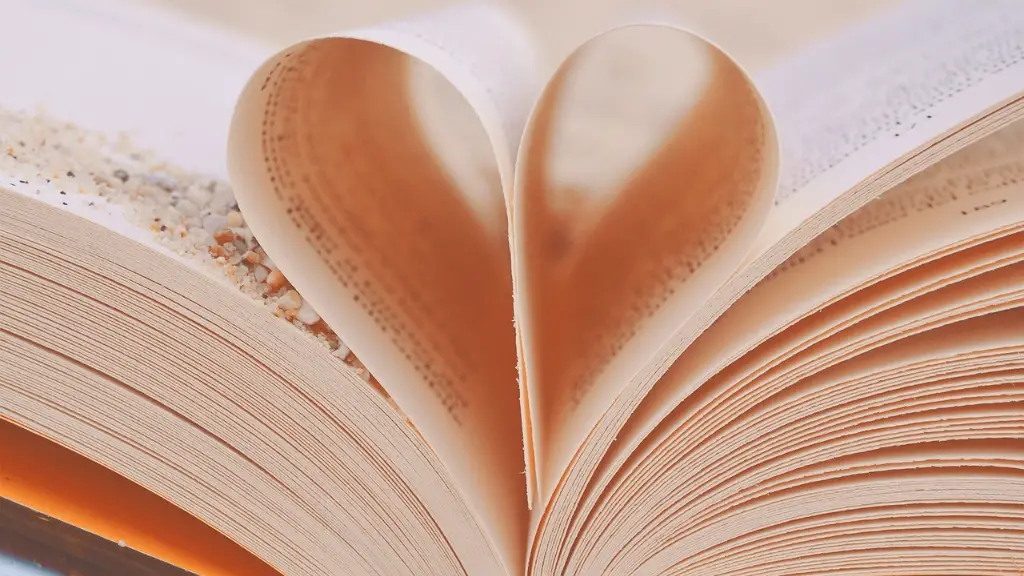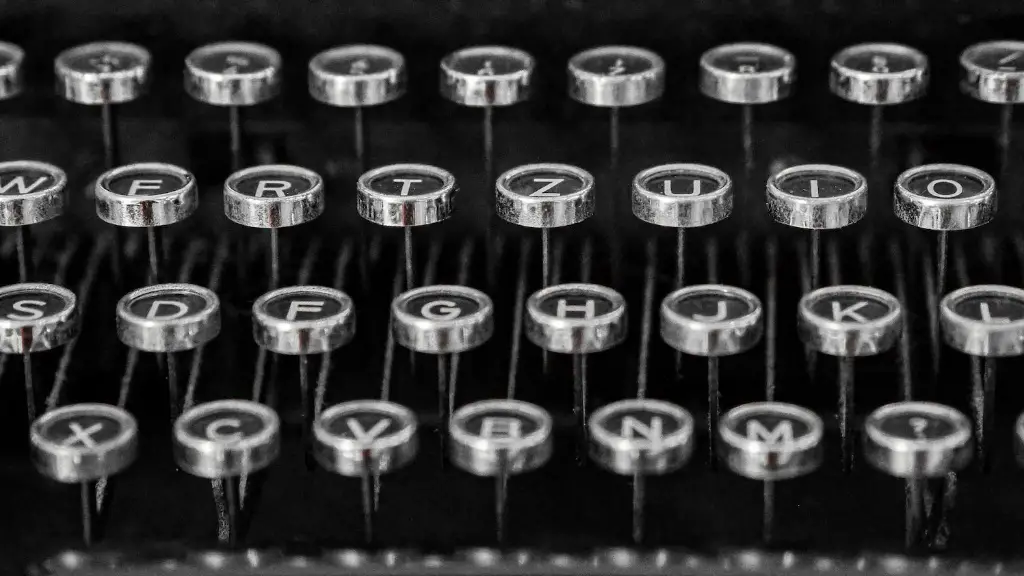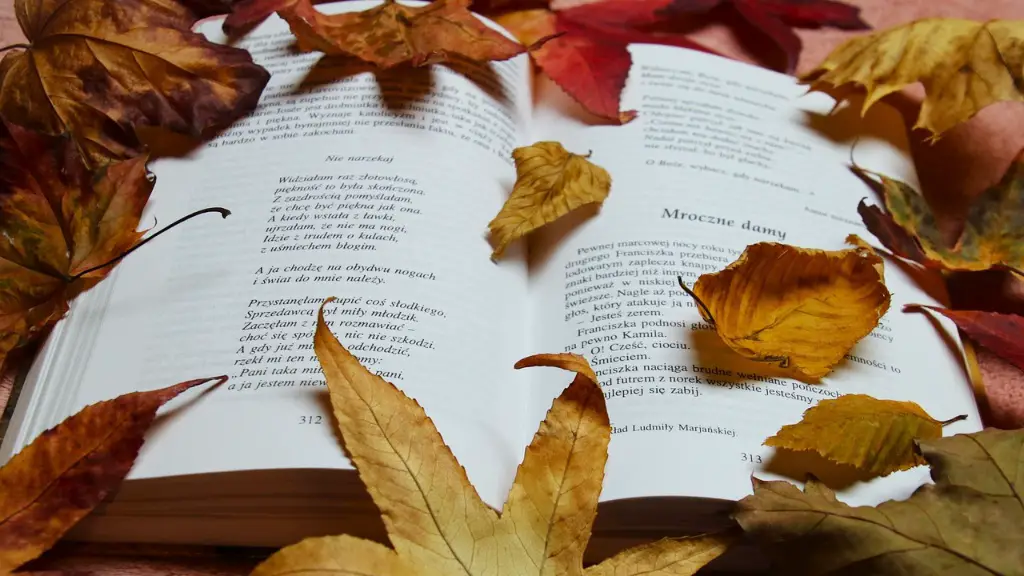What is Style in Poetry
Style in poetry is an expression, an execution of the thought process, an arrangement of words and punctuation that brings together not just the literal but subconscious meanings to the poem. It is the most important element that defines a poem and helps the reader determine what the poet was trying to accomplish. It is both the shape and personality of the poem; the style of a poem, the technique of delivery and the tone of the language.
Established poetry styles stem from the use of concrete images and a dedicated attempt to evoke emotion. Styles of classical poetry are subtle and to some extent restricted, while contemporary poems express a wider range of ideas, feelings, and values.
Poets generally use different tones and styles to enhance the overall effect of the poem. These tones can be used to convey the speaker’s attitude about the moment, person, place or idea the poem is about.
The best way to understand the style of a poem is to focus on the writer’s craft. A writer’s toolbox includes elements such as: poetic meters, rhyme schemes, stanzas, symbols, figurative language and so on which give the poem its uniqueness.
From the early 18th-century poets, the world has seen many different styles used in poetry such as: traditional forms and prosody, free verse, blank verse, complex form, and traditional sonnets among others.
The traditional forms and prosody of poetry are used by poets to express their thoughts in a familiar format. They follow certain meter, rhythm, and rhyme schemes which are used to communicate the poem’s message.
Free verse, on the other hand, is one of the defining features of modernist and contemporary poetry. This style doesn’t make use of any rigid rhyme or meter structure, which helps to give the poem a much more flexible structure.
Blank verse, a form of unrhymed poem, is an unrhymed line that follows a specific metrical pattern. It is generally used in a poem of extended length to give it a sustaining energy.
Other well-known poetic structures include: traditional sonnets, complex forms, extended forms, and prose poetry.
Concrete Versus Abstract
The term style in poetry also refers to the use of concrete versus abstract images in the poem. Concrete images refer to visual and tangible items in the poem, whereas abstract images refer to intangible things, such as ideals and emotions.
Typically poetry that focuses on concrete images is considered descriptive poetry as it paints a vivid picture for the reader with the use of concrete and vivid words. This type of poetry is meant to allow the reader to be involved in the poem and have a sensory experience.
Conversely, poetry that is about abstract images is often considered to be symbolic poetry, which focuses on how ideas, emotions, and beliefs are connected. This type of poetry requires the reader to interpret the meaning behind the words and to discuss or ponder the feelings or ideas they evoke.
Sense And Sound
If the content of a poem evokes emotion, then the style of the poem evokes a story or image. The density of the language and musicality of the words in the poem helps to draw attention to the deeper, underlying meaning of the poem.
The poet’s use of punctuation and sense-categories can increase the beauty, rhythm, and sound of a poem. Sensory language can be used to make the poem denser and more meaningful, while sound-words can be used to add to the musicality of the poem.
Sound and sense can both be used to complement or contrast one another. Repeating the sense of a poem can emphasize a point or image, while repeating sound suggests a rhythm. This division and repetition of words can amplify the effect of the poem.
The poem’s arrangement of ideas in relation to each other can also contribute to the poem’s style. Thorough reworking and frequent revision of a poem by the poet are key in order to ensure that the poem’s style is accurate and evocative of the poet’s message.
Use of Imagery
Imagery is a type of figurative language. Its purpose is to create a vivid mental image that appeals to the reader’s senses. Poets use concrete imagery to evoke an emotion or to intensify a specific moment. It can also simply be used to describe a scene or to paint a vivid picture of the moment in question.
Imagery can also be used to build suspense or to draw the reader further and further into a poem. This is done by using language that is specific and vivid, as it helps to create a universe within the poem and make the lines stand out.
Imagery can also be used to contrast two different ideas, objects, senses, or feelings. It is the poet’s duty to use language that can both contrast and compare two lines of thought or emotion.
Last but not least, imagery can also be used to create texture and layers in a poem. This adds to the overall texture of the poem and helps to deepen the meaning by introducing different parts of the poem to the reader.
Use of Voice
Style in poetry includes the use of voice. Voice refers to the combination of diction, tone and the use of metaphor. It can range from the intense and vivid to the delicate and subtle. It is the poet’s responsibility to choose the right words to create the perfect atmosphere while also setting the right tone.
The use of voice can also be a defining characteristic of the poem. It can determine how the poem is perceived and how accessible it is to the reader. Voice can also be used to determine the poem’s overall message, as some lines can be interpreted differently based on the poet’s choice of words.
The poet’s personal story and individual style of writing can also be reflected in the poem’s voice. It is important for the poet to make a conscious choice of words that are specific to their individual story, style and culture to make the poem more authentic.
Use of Structure and Form
Another important element in poetry is structure and form. Certain structures and forms are often used for certain types of poems. These forms can range from traditional sonnets to free verse and more.
Structures and forms such as these make the poem more unique and profound. They also help the reader to better understand the poem. After all, the structure and form of the poem can be the key to unlocking its whole message.
Some of the most common forms of poems are: sonnets, villanelles, sestinas, and odes. These forms often represent a specific type of emotion or idea. For example, the sonnet is typically associated with love and sestinas usually express a sense of melancholy.
Structures and forms can also be used to create the poem’s rhythm and music, as well as to create a sense of balance and harmony. The use of different structures and forms is an important aspect of style in poetry and should not be overlooked.
Use of Emotional and Intellectual Context
Style in poetry also encompasses the use of emotional and intellectual context. Emotional context sets the poem’s atmosphere and helps to create a mental connection with the reader. Whereas intellectual context provides the poem’s meaning by introducing the reader to the poet’s thoughts and opinions.
The poet has to make sure that the poem’s emotional and intellectual context complements each other. This can be done by carefully selecting the words and phrases used in the poem and by carefully considering how they are arranged.
This careful selection of words and phrases is essential in order to provide the reader with a fulfilling experience. After all, it is the poet’s responsibility to create an emotional and intellectual connection between the reader and the poem’s message.
Style in poetry is an important part of the poem and is often used to convey emotion and meaning. It is the poet’s responsibility to ensure that all the elements of the poem work together to create a unified and evocative piece of work.





